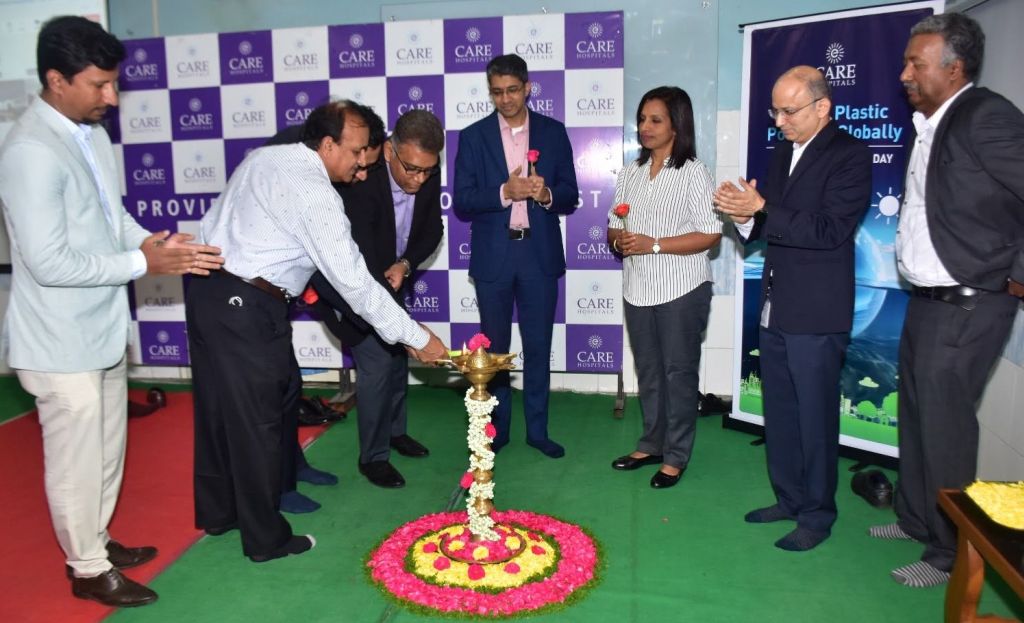NGK INSULATORS, LTD. (hereinafter “NGK”) has been selected by the Research Institute of Innovative Technology for the Earth (RITE) to provide its Direct Air Capture (DAC) ceramic substrate for use in a DAC system to be demonstrated at the 2025 World Expo in Osaka, Kansai, Japan (Expo 2025 Osaka-Kansai). The DAC substrate will be used in one of several CO2 removal units to be installed at the event. This demonstration is a part of the Moonshot Research and Development Program by the New Energy and Industrial Technology Development Organization (NEDO).
DAC is a technology for capturing CO2 contained in the atmosphere via direct adsorption. Projections suggest DAC will adsorb approximately 1 billion tons* of CO2 per year from the atmosphere by the year 2050.
NGK’s DAC ceramic substrate will be used to adsorb CO2 in a DAC system to be demonstrated at Expo 2025 Osaka-Kansai. Leveraging its ceramic honeycomb structure technology cultivated through the development of ceramic substrates for automotive catalytic converters, NGK is focusing on the development of DAC ceramics with compact dimensions, large surface areas and low-pressure loss (ability to efficiently process large volumes of air). Using coating technology specifically developed for DAC ceramic substrates, the substrate is coated with a porous material that supports CO2 adsorbents on the surface layer of the substrate.
RITE plans to install and demonstrate DAC systems for demonstration of negative emission technology in the area of Expo 2025 Osaka-Kansai.
In addition to reducing CO2 emissions from business activities, efforts are accelerating worldwide to achieve carbon neutrality by 2050 through the research and development, rollout and uptake of negative emission technologies such as DAC, targeting carbon neutrality in industries where emission reduction is challenging. Under government-led projects centered on the US, there are plans to build DAC facilities with the capacity to capture a combined 1 million tons of CO2 per year by the late 2020s, which is expected to drive the creation and expansion of the DAC market.
In 2023, NGK created a DAC development area at its headquarters site. Through advancing development, NGK aim to establish a volume production system by 2030. In parallel with the development of DAC ceramic substrates, NGK is developing technologies that apply adsorbent coatings to ceramics and that combine adsorbents and ceramics to maximize adsorption performance. NGK has production facilities that provide a stable supply of ceramic substrates for automotive catalytic converters to customers worldwide. These facilities will be repurposed to handle the volume production of DAC ceramic substrates.
The NGK Group has formulated a Carbon Neutrality Strategic Roadmap to help it achieve carbon neutrality. Under the roadmap, NGK is pushing ahead with the development and provision of technologies and products for CO2 capture, use and storage (CCUS). Working with companies that have DAC plant manufacturing technologies, NGK aims to contribute to the public rollout of DAC technology to help realize a carbon-neutral society.
* International Energy Agency (IEA) report






